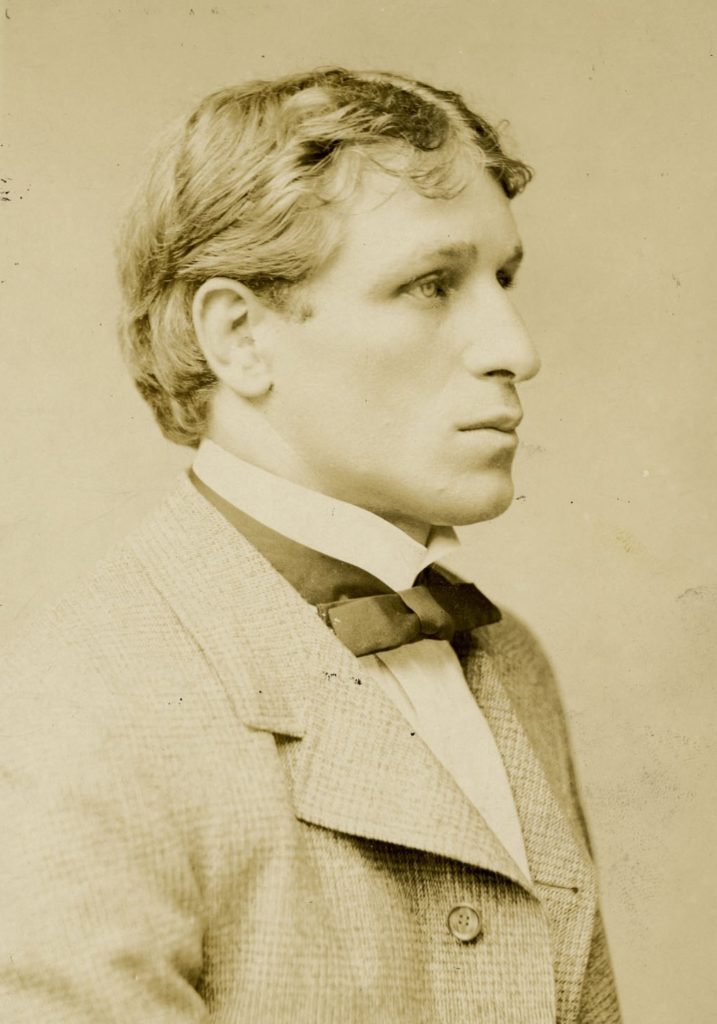[ad_1]
“Jeffries primary? No, sir. Give me Joe Choynski anytime. I confronted each and will know. Jeffries had a robust wallop, however Choynski had a paralyzing punch. His left hand was a corker. He was the toughest puncher within the final fifty years, with Joe Walcott an in depth second. I believe his left hook was much more efficient than Dempsey’s. Choynski might paralyze you, even when he didn’t catch you flush.”
These are the phrases of no much less an authority than all-time nice heavyweight Jack Johnson, his reply in a 1940 interview to the query of who was the toughest puncher he had ever confronted. On February 25, 1901, Choynski and Johnson battled in Galveston, Texas, Johnson’s hometown. Since at the moment boxing was unlawful in Texas, the occasion was billed as an exhibition, which it was till Choynski landed a devastating left hook within the third spherical to develop into one of many treasured few to ever cease the person who later grew to become the primary black heavyweight champion.
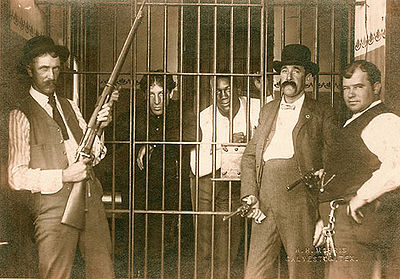
Each pugilists had been arrested instantly after the unlawful match, however being put in a jail cell with Choynski turned out to be a blessing in disguise for Johnson. The recommendation he obtained from the older and wiser professional throughout their temporary lock-up was instrumental in making “The Galveston Big” an entire fighter. “A person who can transfer such as you,” Choynski had instructed him, “ought to by no means must take a punch.”
“Joe developed a fantastic liking for me,” recalled Johnson years later. “Each day we’d field within the jail yard, surrounded by law enforcement officials and friends. I discovered extra in these two weeks than I had discovered in my complete existence as much as that time.”
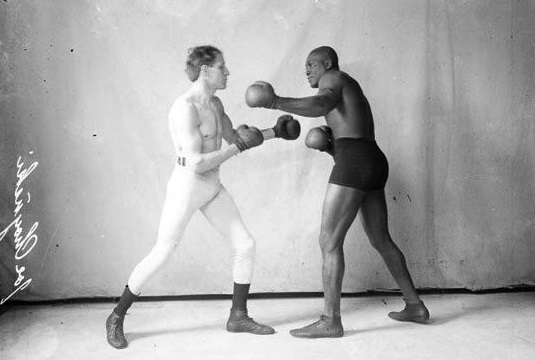
Born in San Francisco on November 8, 1868, Joseph Bartlett Choynski was the son of Isador Choynski, a Jewish Polish immigrant, and Harriett Ashim, who was from England. As Christopher LaForce explains in his wonderful biography, The Choynski Chronicles, younger Joe was the fourth of 5 kids, however there isn’t a file of his start as a result of the vast majority of medical information didn’t survive the 1906 San Francisco earthquake and subsequent fires.
Choynski’s father was an erudite man, a author and newspaper writer, who established an antiquarian bookstore. He additionally had a fiery mood and this alongside together with his eager intelligence he handed on to his son. The person who would later be often called “The California Terror” and “Little Joe” started his beginner profession in 1884 and went on to win the Pacific Coast championship in 1887 earlier than turning professional the next yr. One other of Choynski’s nicknames was “Chrysanthemum Joe,” this appellation impressed by his selecting to let his mane of thick hair develop lengthy, his hairstyle of flowing and flowery locks an eccentric trait for the time.
Regardless of routinely giving up between thirty and seventy kilos to his opponents, Choynski’s ability and energy allowed him to succeed. A part of the rationale Choynski needed to compete in opposition to a lot bigger males is that the sunshine heavyweight division was not established till 1903, a yr earlier than he retired. Standing 5’10” and weighing round 170 kilos, Choynski, like many nice fighters of the time, thought nothing of taking over adversaries who had been taller and heavier. Moreover, there’s no higher equalizer than uncooked energy and in that regard Choynski was exceptionally gifted.
Choynski shared the ring with one of the best battlers of his period, a lot of whom had been world champions. Along with Johnson, that checklist contains “Ruby Rob” Fitzsimmons, “Gentleman Jim” Corbett, James J. Jeffries, Child McCoy, Tom Sharkey, and the legendary Barbados Joe Walcott, all of whom are enshrined within the Corridor of Fame. However sadly none gave Choynski an opportunity once they held a world title belt, freezing “Little Joe” out and including him to the list of pugilistic legends who by no means had an opportunity to compete for a strap. It speaks to Choynski’s energy, skill and doggedness that those that did face him by no means granted him a rematch.
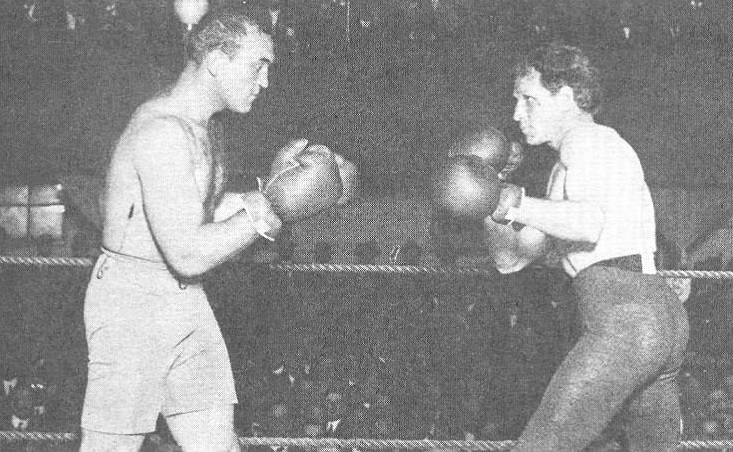
Certainly, Jack Johnson wasn’t the one all-time nice to acknowledge Choynski’s punching prowess. Regardless of holding a fifty pound weight benefit over Joe, James J. Jeffries, aka “The Boilermaker,” couldn’t defeat Choynski, the judges scoring their twenty spherical contest in 1897 a draw.
“To today, I can’t determine how a runt like him might harm so damned unhealthy,” declared Jeffries some years later. “Throughout our scrap, he clipped me with a proper that landed excessive on my cheekbone. I figured my entire face was caved in, and once I tried to really feel what was left with my arms, there wasn’t any sensation in any respect. That was the toughest punch I ever took and had it landed a bit decrease I’d have been knocked out for the primary time in my life.”
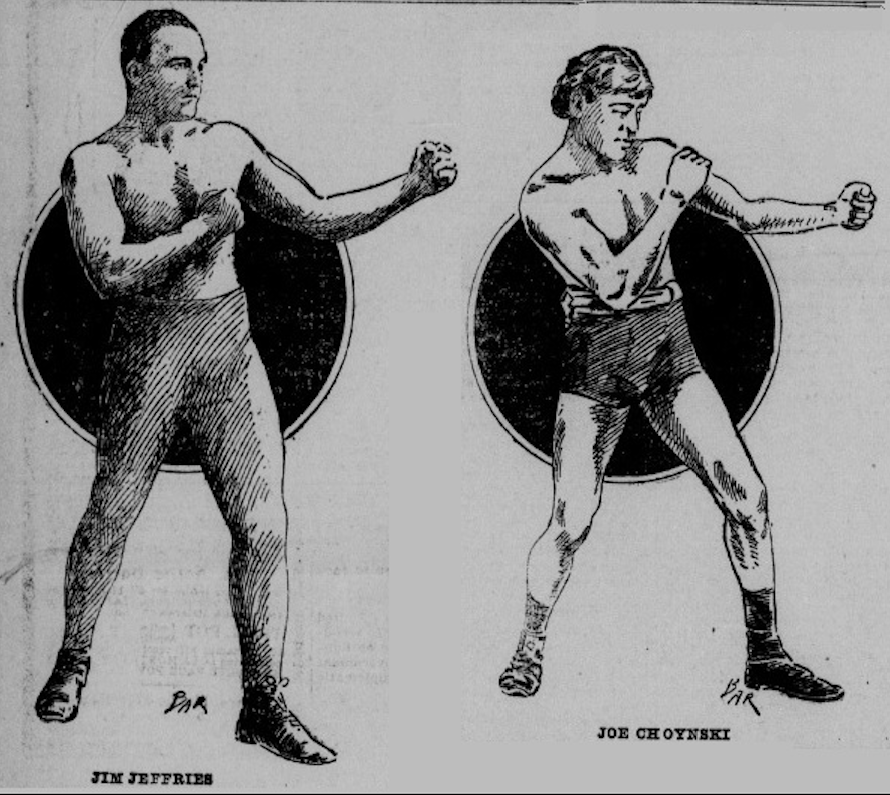
The San Francisco papers reporting on the Jeffries vs Choynski battle the following day all remarked on the distinction in measurement between the 2 males, one stating that the match-up appeared like a rematch between David and Goliath, solely David didn’t have his sling. “Fortunate for me, he didn’t,” remarked Jeffries. “He might do nicely sufficient together with his fists.”
Bob Fitzsimmons and James Corbett additionally declared that the toughest blows they ever obtained within the squared circle had been delivered by “The California Terror.” The Fitzsimmons bout in 1894 was declared a draw after 5 rounds attributable to police intervention, however Choynski believed that the knockdown he scored within the final spherical would have ended the combat had the police not stepped in.
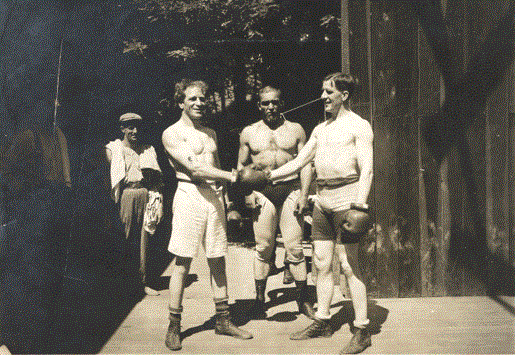
Choynski and “Gentleman Jim” fought 3 times in 1889. The matches passed off within the San Francisco space, the place each males grew up, and generated substantial native curiosity. The second bout, which occurred on a barge in Benicia Harbor, was probably the most notable, with Choynski getting the worst of a bloody battle earlier than being stopped in spherical twenty-seven. However Corbett suffered for the victory as each his arms had been severely broken. He later wrote that his win that day was “the very hardest battle I had ever fought or was to combat; one during which I used to be to obtain extra punishment than I’ve ever had in all my battles put collectively.”
Years later Corbett praised Choynski’s extraordinary energy. “Little Joe was the toughest hitter I ever tangled with,” he declared.
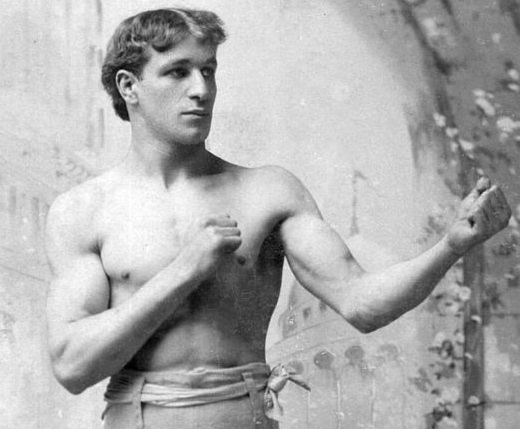
In 1904, Joe Choynski hung up his gloves, ending a 20 yr boxing profession with fifty wins in 79 whole bouts. After retiring, he labored as a coach and referee and was employed by a number of athletic associations. He additionally assisted within the promotion of championship bouts, together with the well-known Johnson vs Jeffries showdown in 1910. On-line sources point out that Choynski toured with heavyweight legend Peter Jackson within the manufacturing of “Uncle Tom’s Cabin,” a best-selling anti-slavery novel, and consulted on the manufacturing of the Jim Corbett biopic, “Gentleman Jim.” “Chrysanthemum Joe” finally went into enterprise and settled in Cincinnati, the place he died on January 25, 1943.
Joe Choynski was lastly inducted into the Worldwide Boxing Corridor of Fame in 1998. Having posthumously achieved the very best honor within the sport, he’s now rightfully included on any checklist of the best Jewish prizefighters of all time and little doubt deserves rating alongside the hardest punchers in heavyweight historical past. — Jamie Rebner
[ad_2]
Source link

